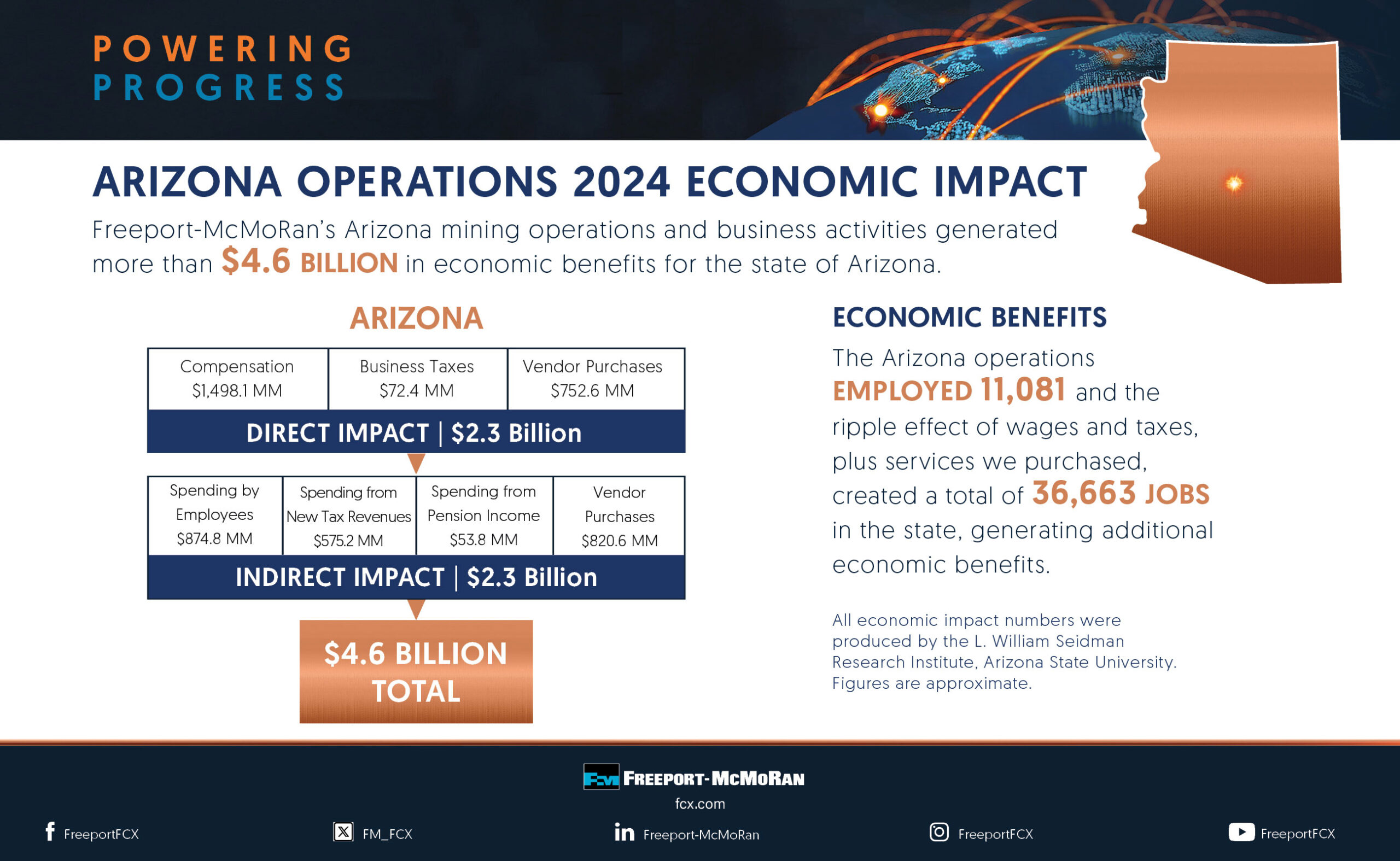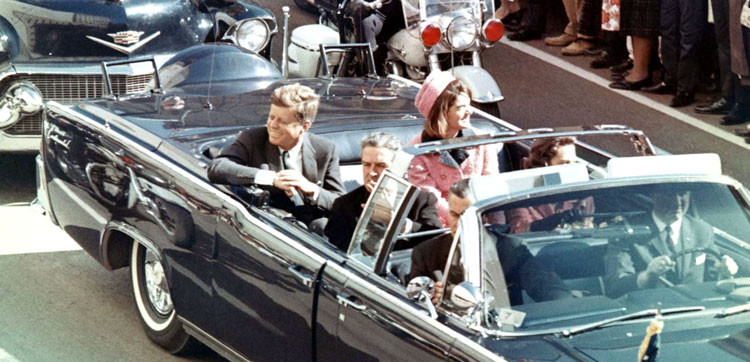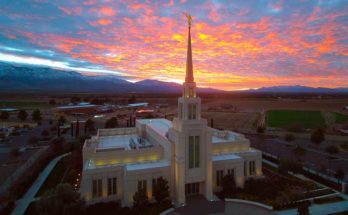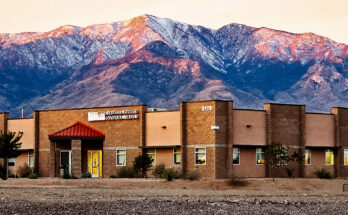Column By Mike Bibb
On Friday, November 22, 1963, I was a junior at Safford High School, getting ready to board a school bus for an out-of-town football game in a distant Arizona community.
Around noon that day, the school’s public address system announced that President John F. Kennedy had been shot in Dallas, Texas, as he rode in a motorcade. Details were sketchy.
A couple of hours later, another announcement said the 35th President had died.
A local decision had to be made: Was the football game still on or cancelled?
Around 3:30 p.m., we were told the game hadn’t been cancelled, and players boarded the bus. It was a quiet 2.5-hour trip to our rival’s field.
The game was played, followed by an equally quiet trip home.
Our football coach was Catholic. The murder of the country’s first Catholic President must have shaken him considerably. He was as silent as the rest of us. No one on the team had experienced a presidential assassination, nor knew what to expect next.
It was learned our game was about the only one played that evening in the entire state.
Now, 62 years later, President Trump has ordered the release of the accumulated data and information on the JFK shooting. Thousands of pages of documents, pictures, commission hearings, police reports, Secret Service accounts, press releases, Congressional investigations, and practically anything else being held in government custody related to the event were to finally be made public.
Preferably, unredacted, unedited, uncensored, or blacked out.
Trump figured that after over half a century, it was way past time the folks were informed of what the government had on file. Especially since everyone involved in the case had already passed away years ago.
What was the purpose of suppressing all these reports for so many years? Continued delay only spawned more conspiracy theories.
Lee Harvey Oswald remains the principal person of interest: Did he fire the fatal shot, or was he a co-conspirator? Thought to be possibly involved is the Central Intelligence Agency, Secret Service, Vice President Lyndon Johnson, the Mafia, communists, Dallas Police, wealthy businessmen, or a combination of suspects? The list is as long as the imagination.
For sure, there’s no disputing a bullet ripped into Kennedy’s brain and the governor of Texas was also wounded.
A moving human head is a tiny target to hit with a rifle by an alleged shooter from a sixth-floor building window. Or even from a “grassy knoll,” another suspected sniper location. Supposedly, Oswald fired three shots with his bolt-action Carcano Model 38 rifle from about 85 feet from Kennedy’s motorcade. Two of the three shots hit the President and the governor.
Then, Oswald, somehow, escaped from the building.
At least, that’s the story we’ve been told all these years
Less than an hour following the shooting, Oswald shot and killed a Dallas policeman and was apprehended and arrested in a movie theater. A couple of days later, a night club owner named Jack Ruby walked into the Dallas Police Department’s office and — on live television — shot Oswald to death at point blank range. Oswald was 24.
Jack Ruby — aka Jacob Leon Rubenstein — was convicted of the murder of Oswald and died in prison on Jan. 3, 1967, of a pulmonary embolism. Basically, heart or respiratory failure. Ruby was 55.
62 years have passed, and I’m still as confused as when I was a teenager.
Most of the country still is, including President Trump.
About the only conclusion that remains is, for whatever reasons, the JFK shooting was an incident that must contain incriminating evidence about specific people or organizations.
Since there isn’t a “statute of limitations” on murder, or conspiracy to commit murder or maybe, conspiracy to withhold evidence of murder, then we may never know all the details and individuals involved in this historic travesty.
Or the reasons for it, other than it was determined — by someone — President John (Jack) Fitzgerald Kennedy had to die.
That much we know. The rest remains concealed within the cover-up.
The opinions expressed in this editorial are those of the author.








